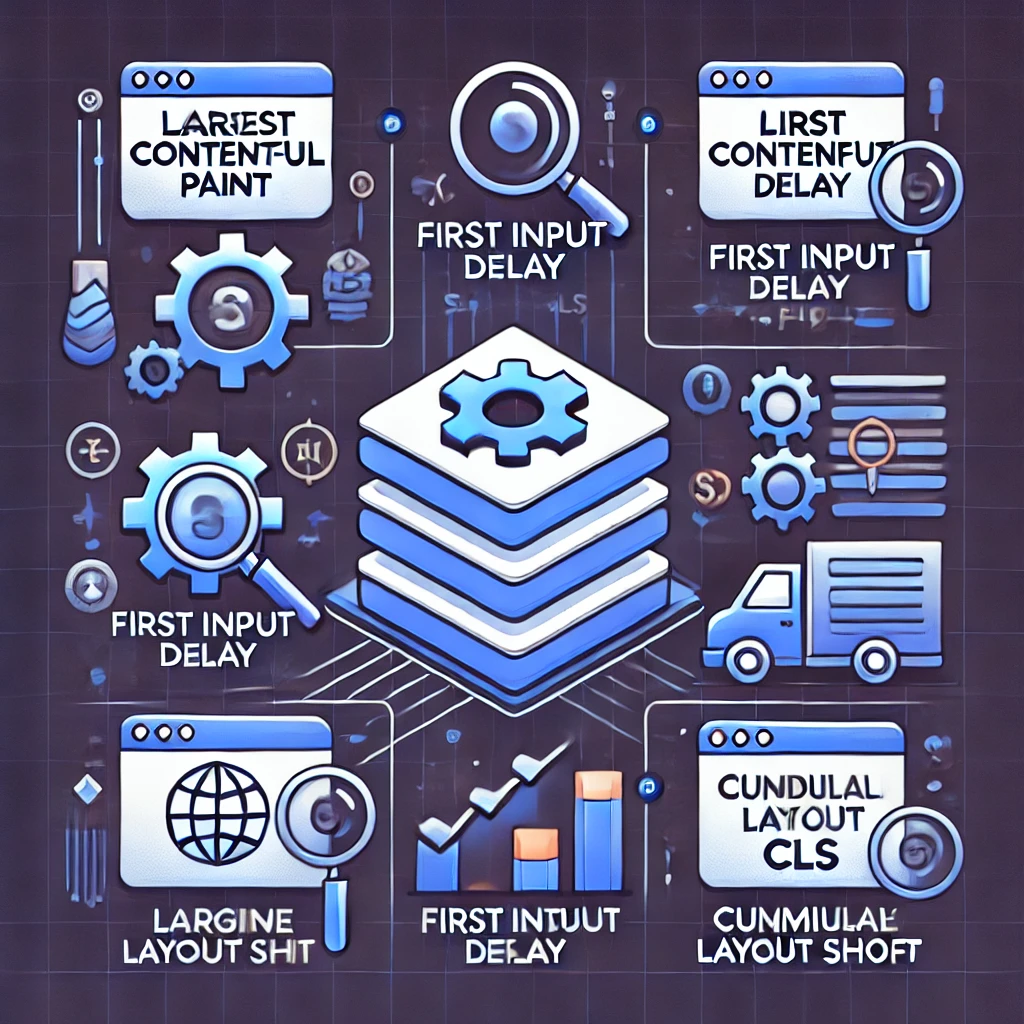The Google Panda Update, first released in February 2011, is one of the most important algorithm updates in SEO history. It was a game-changer that drastically altered the way Google ranked web pages, with a primary focus on improving the quality of content in search results. Websites with low-quality content were penalized, while sites that offered high-quality, user-focused content saw improved rankings.
This guide will explain the key aspects of the Panda update, how it changed SEO, and how you can optimize your website to thrive in the post-Panda world.
What Was the Google Panda Update?
The Panda Update was designed to tackle low-quality websites and improve search engine rankings by promoting relevant, valuable, and engaging content. Before Panda, many websites achieved high rankings through tactics like keyword stuffing, duplicate content, and link farms. However, these websites often offered little value to users.
Google’s goal with the Panda update was to reduce the rankings of websites with poor or “thin” content and reward websites with high-quality, original content. The update was a turning point in Google’s algorithm, as it began prioritizing user experience and content relevance above all else.
The Problem: Low-Quality Websites and Content Farms
Before Panda, many websites succeeded in ranking highly in search results by relying on outdated SEO tactics like keyword stuffing and duplicate content. These sites were often content farms—websites that produced large quantities of low-value, keyword-optimized content designed to rank in Google without providing any real value to users.
Content farms were particularly notorious for generating articles that were short, shallow, and lacked depth. The content was often designed purely for search engines, not for user satisfaction. Google’s Panda update aimed to penalize these sites and push them down the search rankings in favor of websites offering authentic, informative, and high-quality content.
Key Features of the Panda Update
1. Focus on Content Quality
At the heart of the Panda update was a renewed focus on content quality. Google started evaluating websites based on factors like:
- Originality: Sites with unique, well-researched, and fresh content were rewarded.
- Depth: Comprehensive content that provided in-depth answers to user queries gained favor.
- Relevance: Websites that provided content closely aligned with user intent saw better rankings.
- Engagement: Content that encouraged user interaction, such as comments and shares, was considered higher quality.
2. Penalty for Thin Content
One of Panda’s most significant effects was penalizing thin content—pages that provided little substance, were poorly written, or failed to add value to the user experience. This included content that was:
- Extremely short
- Duplicated across multiple pages
- Keyword-stuffed without providing context or value
Websites that had relied on “quick-fix” SEO strategies, like scraping content or producing keyword-heavy articles, saw dramatic drops in rankings after Panda.
3. User Experience and Behavioral Signals
Panda emphasized user experience as a ranking factor. Sites that offered a poor experience, such as slow loading times, mobile-unfriendly layouts, or difficult navigation, were penalized. Google started to consider user behavior signals like:
- Bounce rate: A high bounce rate could indicate that users weren’t finding what they needed on your page.
- Dwell time: How long a user stays on your page was a sign of content quality.
- Click-through rate (CTR): A high CTR from search results to your website could signal that your content was relevant and useful.
4. Content Farms and Duplicate Content
Content farms—websites with large volumes of low-quality content—were particularly targeted by Panda. The update sought to reduce the visibility of sites with repetitive, low-value content in favor of those providing unique and informative articles.
Panda also penalized duplicate content, whether intentional or unintentional. Google’s preference was for sites that offered original, unique content rather than repurposing or copying existing material from other sources.
5. The Shift Toward Authoritativeness
While the term E-A-T (Expertise, Authoritativeness, and Trustworthiness) was more explicitly discussed in later updates, Panda set the stage for Google’s increased focus on these factors. Websites with:
- Expert-authored content
- Authoritative information
- Trusted sources
were more likely to see their rankings improve under Panda.
Impact of Panda on SEO
Content Quality Became a Ranking Factor
Before Panda, SEO strategies centered heavily on keyword optimization and link-building. However, after Panda, it became clear that content quality was a dominant factor. Sites that focused on providing high-value, in-depth, and engaging content saw a significant boost in rankings.
SEO Strategy Shift: From Keywords to User-Centric Content
Panda shifted the SEO landscape toward user-centric content. SEO professionals and webmasters started focusing on:
- Keyword intent: Understanding what users were actually searching for, not just what keywords they were using.
- Long-form content: Websites began producing longer articles that provided more comprehensive answers to user queries.
- Content relevance: Ensuring content was directly related to the needs and search intent of the user.
User Signals Became Crucial
With Panda’s focus on user experience, SEO professionals began placing more importance on user engagement signals such as:
- Time spent on page
- Social shares
- Comments and interaction with content
Websites that focused on creating a great user experience—through faster load times, mobile responsiveness, and easy navigation—saw an improvement in their rankings.
Recovery from Panda Penalties
For websites that were negatively impacted by Panda, recovery required a comprehensive strategy:
- Content Audit and Improvement:
- Removing low-quality content: Sites identified and eliminated duplicate or thin content.
- Updating existing content: Articles were rewritten to provide more value and depth.
- Adding original insights and user-centered content to replace outdated information.
- Focus on Quality over Quantity:
- Instead of producing large quantities of content, websites began creating fewer but higher-quality pieces that truly addressed users’ needs.
- Improving User Experience:
- Enhancing site speed, improving mobile responsiveness, and optimizing site structure were key tactics for improving user experience.
- Quality Link Building:
- Rather than focusing on acquiring large numbers of backlinks, sites focused on earning high-quality, relevant backlinks from trusted sources.
How to Optimize for Google Panda: Best Practices for 2024
Here are some SEO best practices to help websites optimize for the Panda update and maintain a high-quality ranking in Google’s search results:
- Focus on Content Quality:
- Create content that provides value, is well-researched, and answers users’ queries comprehensively.
- Avoid keyword stuffing. Use keywords naturally and focus on context and user intent.
- Regularly Audit Your Content:
- Conduct content audits to identify low-quality or duplicate content. Update and improve older content.
- Improve User Experience:
- Ensure your website loads quickly (under 3 seconds).
- Optimize for mobile users by making your site responsive.
- Simplify your website’s structure and navigation to enhance the user journey.
- Build Authority:
- Create content authored by experts in the field.
- Gain backlinks from authoritative and relevant websites in your industry.
- Encourage User Engagement:
- Create interactive content that encourages comments, shares, and other user interactions.
- Improve your content’s shareability and make it easy for users to engage.
- Avoid Duplicate Content:
- Use canonical tags to prevent issues with duplicate content.
- Regularly check for copied content, either within your site or from external sources.
Conclusion
The Google Panda update reshaped the SEO landscape by prioritizing content quality and user experience over traditional SEO tactics like keyword optimization and link-building. Websites that focused on providing valuable, original content and a positive user experience thrived, while sites that relied on low-quality content were penalized.
By adopting a content-first approach, conducting regular content audits, improving user experience, and building authority, websites can optimize for Panda and continue to rank well in Google search results. For SEO professionals, the Panda update was a clear signal that quality always trumps quantity.


